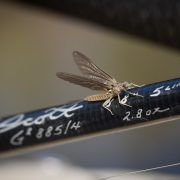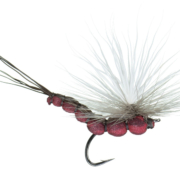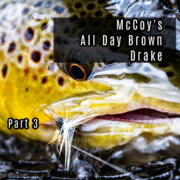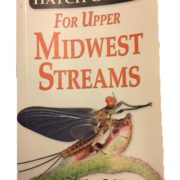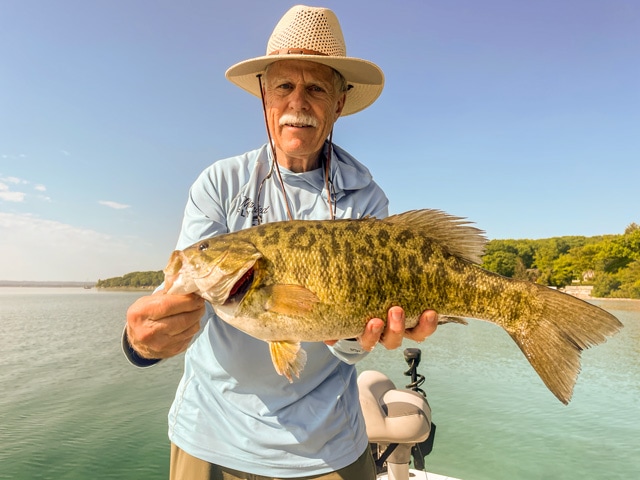New Fly Release McCoy’s All Day Spinner
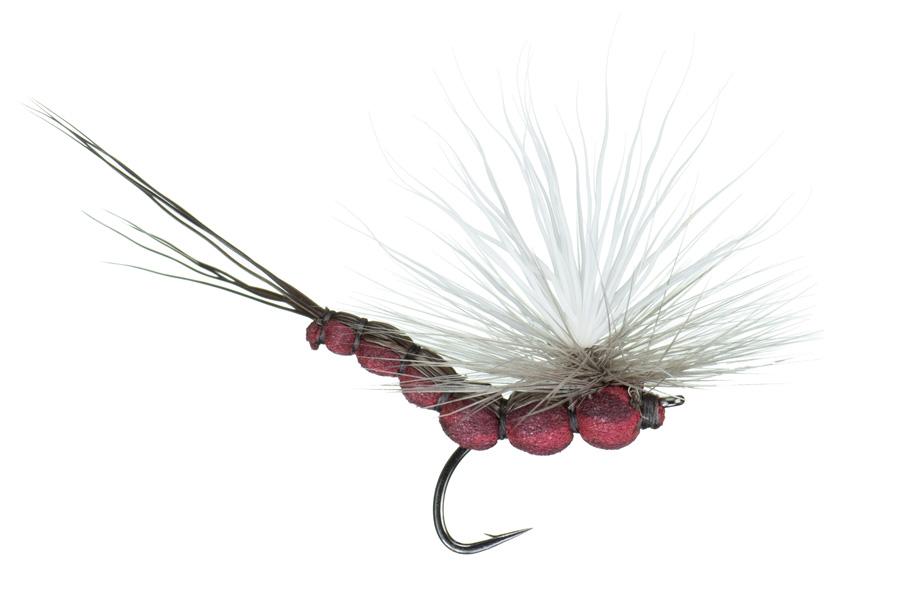
McCoy’s All Day Spinner – Isonychia
I am excited to announce a new fly pattern to be released by Montana Fly Company in 2021! The McCoy’s All Day Isonychia Spinner is very durable, has a very realistic profile, can be fished all day, and is a must have pattern for our Northern Michigan streams. This fly will be available in two sizes, #10 and #12, and will complete the Isonychia lineup in a series of foam based dry flies that I released through MFC in 2019.
The All Day Isonychia Spinner is a great searching pattern and is one of my go to favorites to target rising trout during an Isonychia Spinner fall. Make sure to check with your local fly shops for availability and I expect we will have a limited quantity available here online at Mangled Fly. Read more
Tying Brown Drakes
Brown Drake Video Series
Excited to announce a new video series to our YouTube Channel, this past week we focused on tying Brown Drakes. The video series is a 4 part series walking you through the step by step process of tying Ed McCoy’s Boondoggle Spinner Pattern and McCoy’s All Day Dun . To make it easy we created a Playlist so you can watch all 4 videos in succession, make sure to smash that like button and subscribe to our channel as well. During this quarantine of 2020, have goals of uploading some additional content while also abiding to the social distance requirements.
Cutting Foam
The video series starts off with the simple process of cutting the foam, we filmed this video series back in February 2018 for the sole purpose of brining Montana Fly Company up to speed on how Ed McCoy was tying brown drakes. So not all the details were layout within the videos so please if you have questions about something please leave a comment and we will do our best to get back with you ASAP. Already one question that has been asked is what size foam are you using. The Answer is 2mm foam, so before you start tying Brown Drakes make sure you have the right size foam on hand.
YouTube
As I mentioned before make sure to subscribe to our YouTube channel as more content is on the way. Also drop us a line and let us know what you might be interested in seeing. In the mean time stay safe, and we will see you on the water here soon. Thanks for following MangledFly.
Jon Ray
Big Eyes Means they are close
Recently learned that as mayfly nymphs grow, especially March Browns, Cahill’s, and Hex the eyes really get big right before the hatch. A macro shot of a Hex nymph we found in the mud looking for what else is hatching. Based on his eyes, we are not too far away. Want to learn more about bugs in the Mid West make sure to pick up Ann Millers Book.
Man vs Bugs
So guiding here in Northern Michigan we have our share of bugs. Especially bugs that like to bite. But this short video showing some of the bugs (especially the ones that bite), the boys encountered on their South America journey. I’m not sure I’m Man enough to handle.
Dragon Rising
While fishing Hardy Pond last week, I took a break on the edge of the impoundment. A fly fisherman always loves to see things emerge, and I witnessed one of the coolest things in nature seen in a while. A green darner nymph crawled out of the water onto a rock. As its skin parched in the sun, it suddenly split open and a very large dragon fly was born.
When I showed an image to some friends, one commented that the dragon looked like “the paint on a new sports car”–this is good description.
Using the time lapse function on the camera, this video was made. It is a very short clip that shows in seconds what happened over the course of 45 minutes:
Bugs, Bugs, and More Bugs

A thick, massive band of mayflies traveling along the Mississippi River created a swarm so intense it became visible on National Weather Service radars on July 20, 2014

Now that is a Hex Hatch! More pics and info here
Great Speckled Olive caught in a Web
Siphloplecton basale Spinner other wise known for me as the Great Speckled Olive caught in a spiders web. When you see this guy you know Sulhur’s are on the menu in a day or two. Hatches are moving forward and temps are really improving. Couple prime open dates in the first part of June. June 6,7,9 shoot me an email or a text message if your interested.
Nomad Anglers and Schmohz Beer
Ed McCoy and I (Jon Ray) will be tying some signature trout and steelhead patterns on Jan 28th at Schmohz Brewery , contact Brian at Nomad Anglers . To sign up for the seminar call the Grand Rapids location (616) 805-4393. This is a first come first serve and space is limited. Looking forward to the good night of tying and some new beer.

